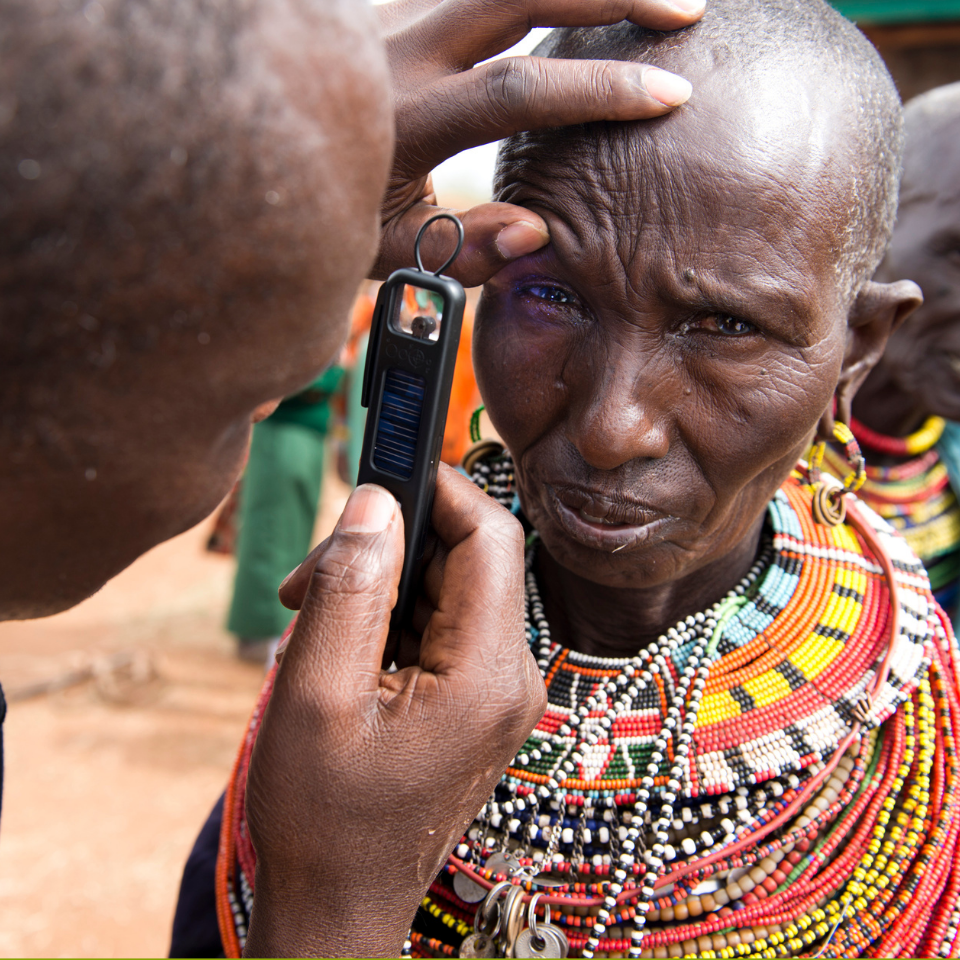We aim to transform the sector’s systems, techniques, and technologies through innovation and research. Despite all the work that has been done to eliminate avoidable blindness, we know that if we don’t scale up our efforts, blindness will triple by 2050.
As the world’s population ages and grows, the need for eye care grows. Business as usual will not see us meet the challenge. We must discover and scale up new ways to reach more people with sight-saving interventions. New tools and technologies will be part of the solution, but technology alone won’t solve it.
Our founder, Professor Fred Hollows, was fundamentally a researcher and an innovator.
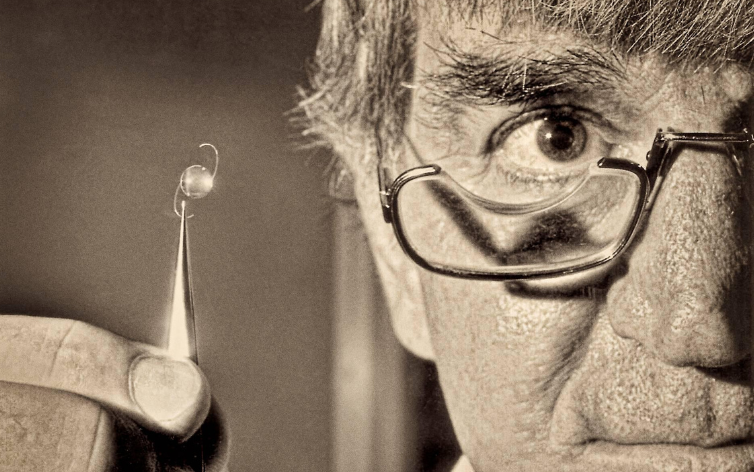
He was one of the leaders of the landmark National Trachoma and Eye Health Program in Australia in the 1970s, which was partly a study of the prevalence of trachoma and other eye diseases in remote Indigenous Australian communities.
He also helped reduce the cost of intraocular lens (IOL) production by setting the wheels in motion to build IOL factories in developing countries like Nepal and Eritrea. This alone has made eye health much more affordable and accessible in some of the most disadvantaged parts of the world.
The Foundation strives to keep Fred’s vision alive by placing innovation and research at the forefront of our work.
A little piece of plastic making a huge difference
Professor Fred Hollows revolutionised cataract surgery in the developing world with the Intraocular Lens, an $8 lens that has restored sight to millions around the world. This is how it's made.
Innovation
We’re keeping Fred’s innovative spirit alive through the development of new models of eye care financing and state-of-the-art, low-cost technology. We’re also providing infrastructure and tools needed to effectively prevent and treat eye diseases.
Here are four examples of our innovative approach to raising awareness about avoidable blindness as well as providing high-quality eye care to some of the most disadvantaged communities in the world.
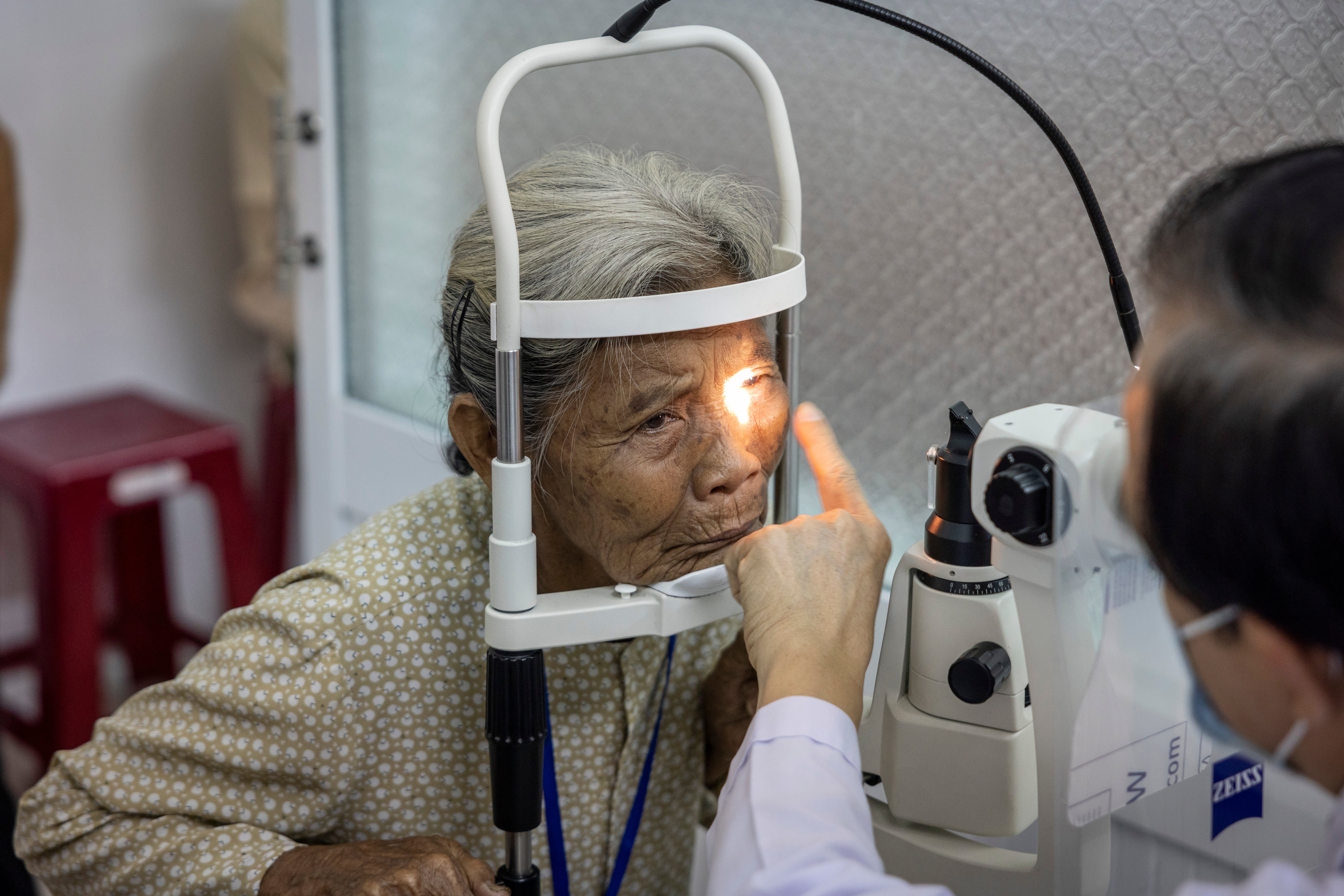
Alina Vision
Alina Vision is a social enterprise set to advance global eye health equality through a network of eye surgery centres in some of the world's most under-served communities.
Alina Vision is a social enterprise set to advance global eye health equality through a network of eye surgery centers in some of the world's most underserved communities.
This innovative social enterprise is the result of a global collaboration funded by The Fred Hollows Foundation and Japanese pharmaceutical company ROHTO.
To support health systems in most countries that are facing challenges keeping up with the growth rates of avoidable blindness around the world, Alina Vision is focused on providing essential eye care services. This includes building eye surgery centers run by top ophthalmologists in underserved areas to deliver world-class care, including subsidized or free treatments to those in need.
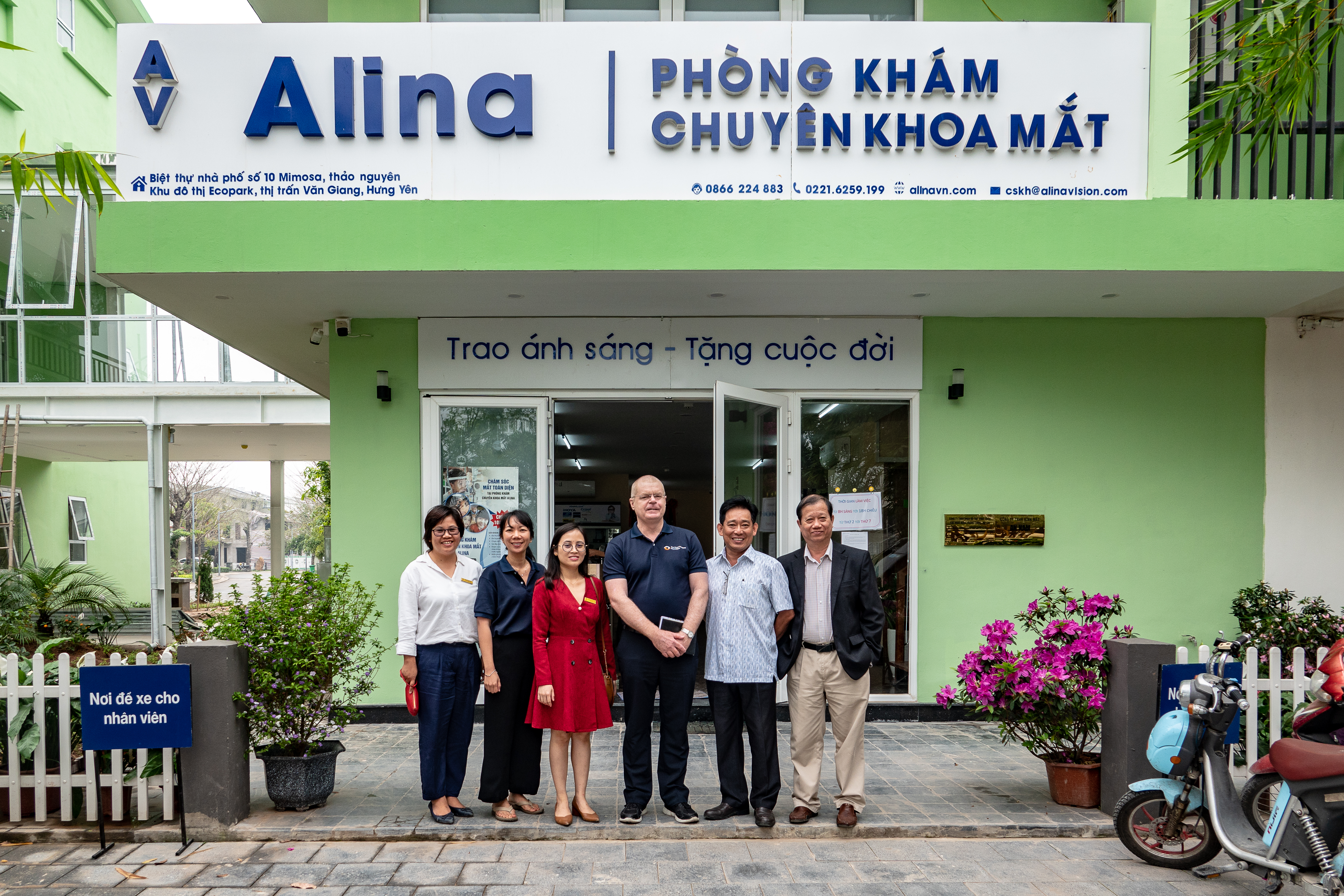
Camaroon Cataract Bond
The Cameroon Cataract Bond (CCB) was launched in 2018 to support the Magrabi ICO Cameroon Eye Institute to provide high quality cataract treatment to people in Cameroon with little or no income at affordable rates or for free where needed.
In 2015, The Foundation partnered with finance experts, D. Capital (now Volta Capital), The Conrad N. Hilton Foundation and eye health organization, Sightsavers. Together with the Africa Eye Foundation, this group of innovators created the Cameroon Cataract Bond. Overseas Private Investment Corporation (OPIC) and Netri Foundation are investors.
The Fred Hollows Foundation was at the forefront of the design of the CCB; working closely with our partners to finance eye health services to meet the needs of people in Cameroon. It is an innovative model and an ideal template which can be used to replicate future funding projects in need-based communities.
The CCB is the first instance of a Development Impact Bond approach being applied to health care. It is also an important step towards achieving Sustainable Development Goals and eliminating avoidable blindness.
Bonds allow investors to provide financing for social programmes upfront and donor organisations then repaying investors with interest based on performance. The Cameroon cataract bond brings together public and private investors alongside eye care delivery experts and charities, including The Foundation.
A vision of hope
In Bangladesh, nearly seven million people live with diabetes, and more than three million of them are undiagnosed. Diabetic retinopathy is the world’s leading cause of blindness among working-age people.
Sight simulator
Someone who hasn’t experienced blindness may think it’s a simple case of being able to see clearly versus not being able to see at all, and living in complete darkness.
But legal blindness is not binary and for most people, vision impairment causes a spectrum of vision problems. It’s difficult to imagine, and that’s why we developed a sight simulator so you can experience it for yourself
BOOST
BOOST stands for Better Operative Outcomes Software Tool. It is a free, simple, and easy-to-use app that helps to monitor and measure surgical outcomes. The Foundation has played a leading role in the development of this smartphone app to improve cataract surgery quality.
BOOST allows health care providers to record surgical results the day after surgery. This allows more data to be captured, as patients are not required to return to the hospital for an examination weeks after their surgery, at great expense and disruption to their daily lives.
It also analyzes and benchmarks performance against other users around the world, offering tailored suggestions to improve performance where results are poor.
The great thing about this app is that it is freely available for Android and Windows users. All the data is anonymous and password-protected, making it easier for health care workers to share their findings and knowledge with other eye care providers so they can learn and improve their own practice.
Arclight™ - a low-cost ophthalmoscope and otoscope
The Arclight™ is a low-cost ophthalmoscope and otoscope that we hope will revolutionize frontline eye care in the developing world. The Arclight examines the front of the eye and the eyelids, media, fundus, and also the external and middle ear; helping reveal cataract, glaucoma, diabetic changes, hypertension, and macular degeneration, as well as otitis externa and media.
Research
We’re honoring Fred’s pioneering spirit by researching new ways to tackle avoidable blindness around the world. We aim to create meaningful change in the way eye care is delivered to those most in need so that more people are able to have their sight restored. Health care organizations in low-income countries experience complex challenges, and we conduct applied research to identify, test, scale-up, and offer solutions that are effective, efficient, and designed to help the widest number of patients possible.
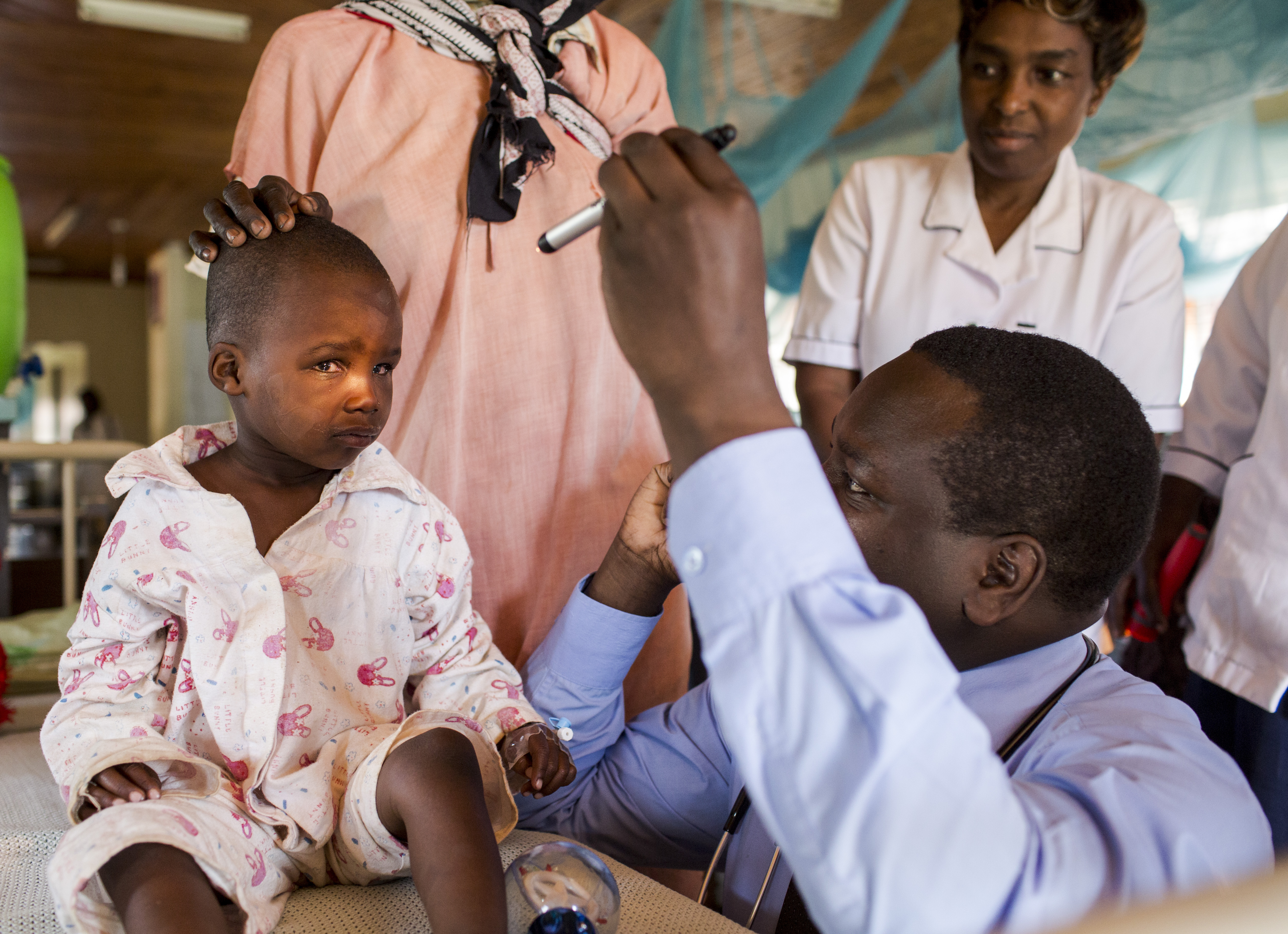
4 out of 5 people who are blind don't need to be
Right now, 4 out of 5 people who are blind don’t need to be.
In many cases, these people are blind because of poor health, a lack of access to medical services, and because they live in poverty.
Treatable or preventable eye diseases such as cataract, trachoma, refractive error and diabetic retinopathy can lead to blindness, if left unexamined.
But we know avoidable blindness can be eliminated throughout the world.
